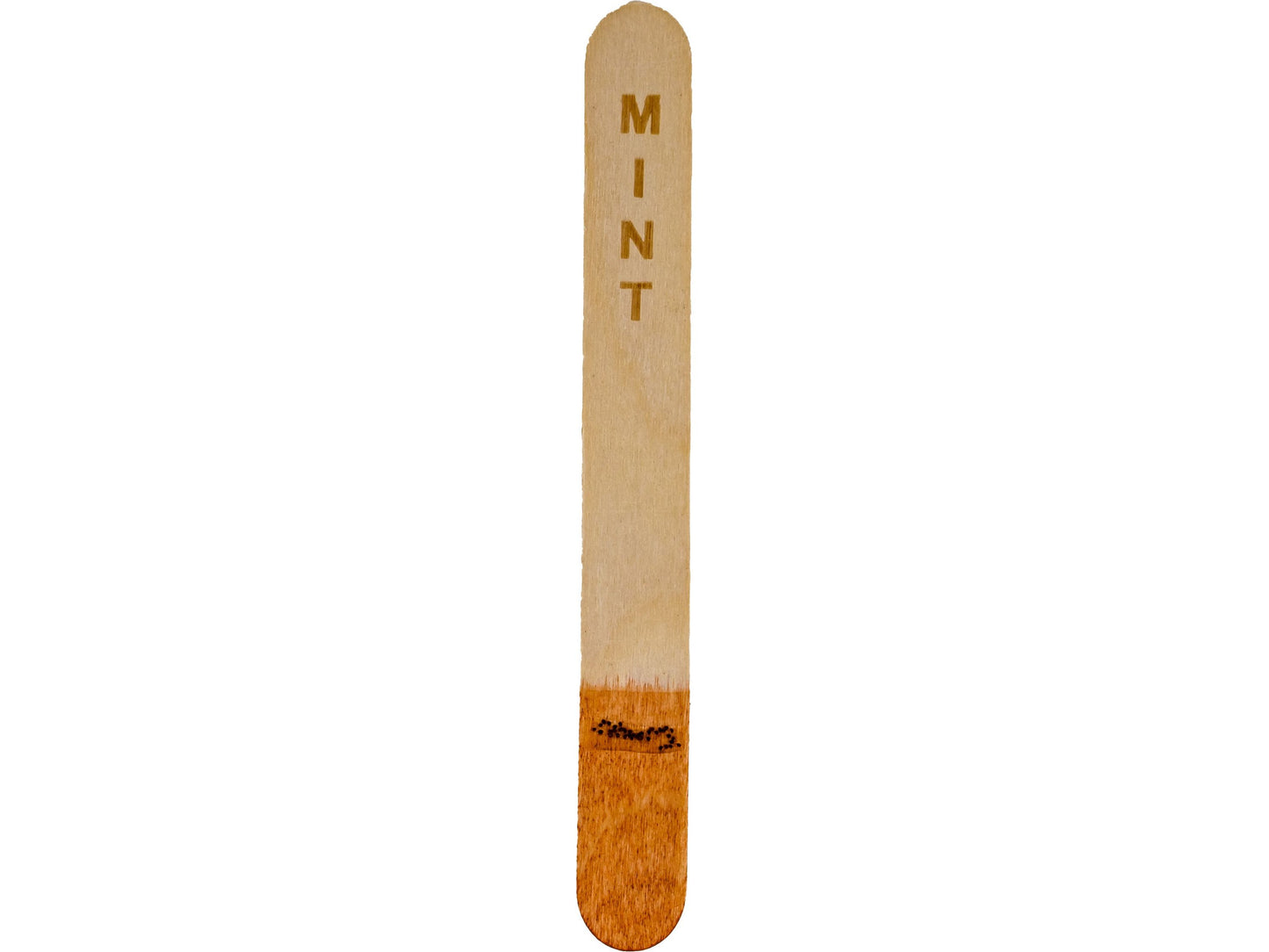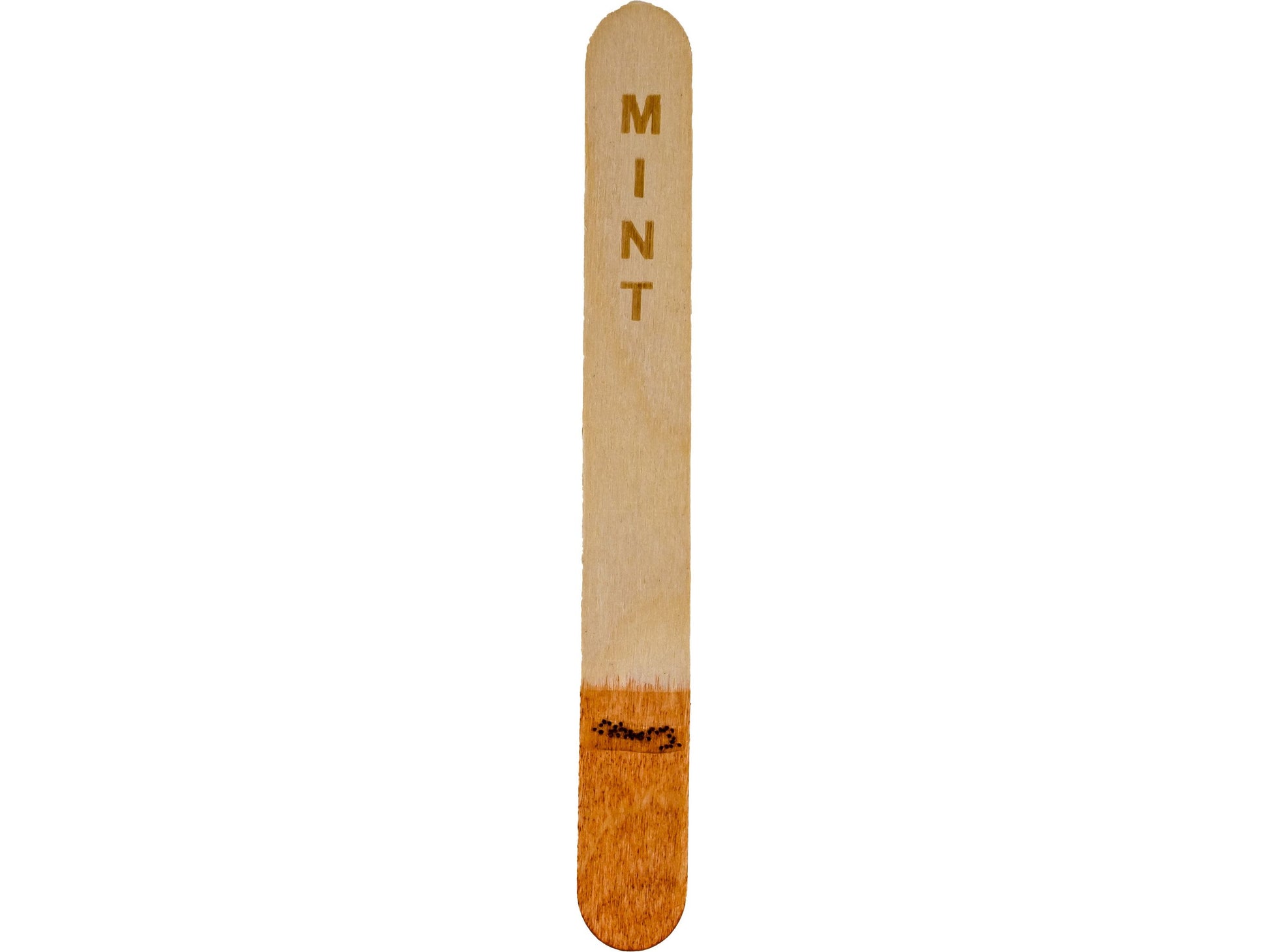Push N'Grow
Mint
Mint
Couldn't load pickup availability
Our 100% All Natural, Organic, Biodegradable “patent pending” seed stick has everything you need to plant a seed. All you need to do is push it into the ground to the top of the fertilizer line, water, and watch your plants grow.
Returns
Returns
Many factors can affect the performance of your seeds,
including temperature, light, water, weather, and storage. Our "Garden
Tips" will help you succeed. However, we still guarantee a full refund 30
days from the date of shipment. For all returns, please contact us at
1-833-373-9392, Option #2.
If your seeds are not growing as expected or you are
having problems with other products, please contact us immediately so we can
help. Our staff can help solve the problem without a possible return. Contact
us at 1-833-373-9392, Option #2
Care Instructions
Care Instructions
Check out our gardening tips for more information
Planting the Seed Sticks
- Carefully remove the Push N'Grow Seed Stick from the package.
- Insert into freshly tilled soil to the top of the fertilizer line.
- Lightly water to ensure healthy germination.
**For compact soil, use the top of the Push N'Grow Seed Stick to loosen the soil and then insert the seed end to the top of the fertilizer line.
Seed Germination Times
- Basil 4 to 14 days
- Beans 6 to 16 days
- Carrots 7 to 21 days
- Cilantro 7 to 14 days
- Cucumber Up to 1.5 weeks
- Kale 14 to 21 days
- Lettuce 2 to 12 days
- Mint 3 to 30 days
- Oregano 7 to 14 days
- Parsley 12 to 29 days
- Peas 2 to 36 days
- Peppers (Hot) 20 to 35 Days - The Hotter the Longer
- Peppers (Mild) 14 to 30 Days
- Radish 3 to 29 days
- Thyme 14 to 30 days
- Tomatoes Up to 45 days
- Zucchini Up to 1.5 weeks
Watering
Be Careful Not To Overwater.... Water Regularly, Yet Carefully
Feel the soil with your finger for the ideal moisture level. It should have a moist, but not a mushy feel to it.
As your seeds sprout and grow, use this touching technique. Be aware that plants grown in containers will dry out quicker than those in garden beds. Therefore, it is crucial to pay special attention to the moisture level of the soil.
The same holds true for raised beds; because they are elevated, the soil dries out more quickly than it would for plants growing in the ground.
Lighting Indoors
Once your seeds germinate, they need a good amount of light. The light can come from a bright window that keeps your seedlings in direct sunlight a majority of the day. You can also use artificial lights. What’s critical is that your artificial light is just 3 or 4 inches above your plants.
Starting Seeds Indoors
If your are starting you seeds indoors, remember that each plant has a different. The general recommendation is six to start eight weeks before the final frost date in your region. Then check the optimal soil temperature (see above).
When to plant / transplant seeds outside
There are many articles on this topic. We find that the best way we do this is by monitoring soil temperature for proper germination.
- Basil 86-95°F (25-35°C)
- Beans 75-85°F (24-29°C)
- Carrots 68-77°F (20-25°C)
- Cilantro 68-86°F (20-30°C)
- Cucumber 63-73°F (17-23°C)
- Kale 70-75°F (21-24°C)
- Lettuce 60-75°F (16-24°C)
- Mint 60-70°F (15-21°C)
- Oregano 68-86°F (20-30°C)
- Parsley 65-85°F (18-29°C)
- Peas 65-75°F (18-24°C)
- Peppers (all types) 68-95°F (20-35°C)
- Radish 65-85°F (18-29°C)
- Thyme 59-68°F (15-20°C)
- Tomatoes 68-95°F (20-35°C)
- Zucchini 85-95°F (29-35°C)

-
Free Shipping
On Any Order of $30 or more in the Continental USA
-

